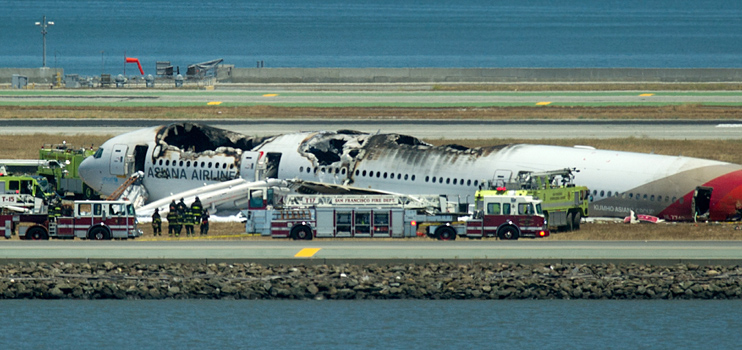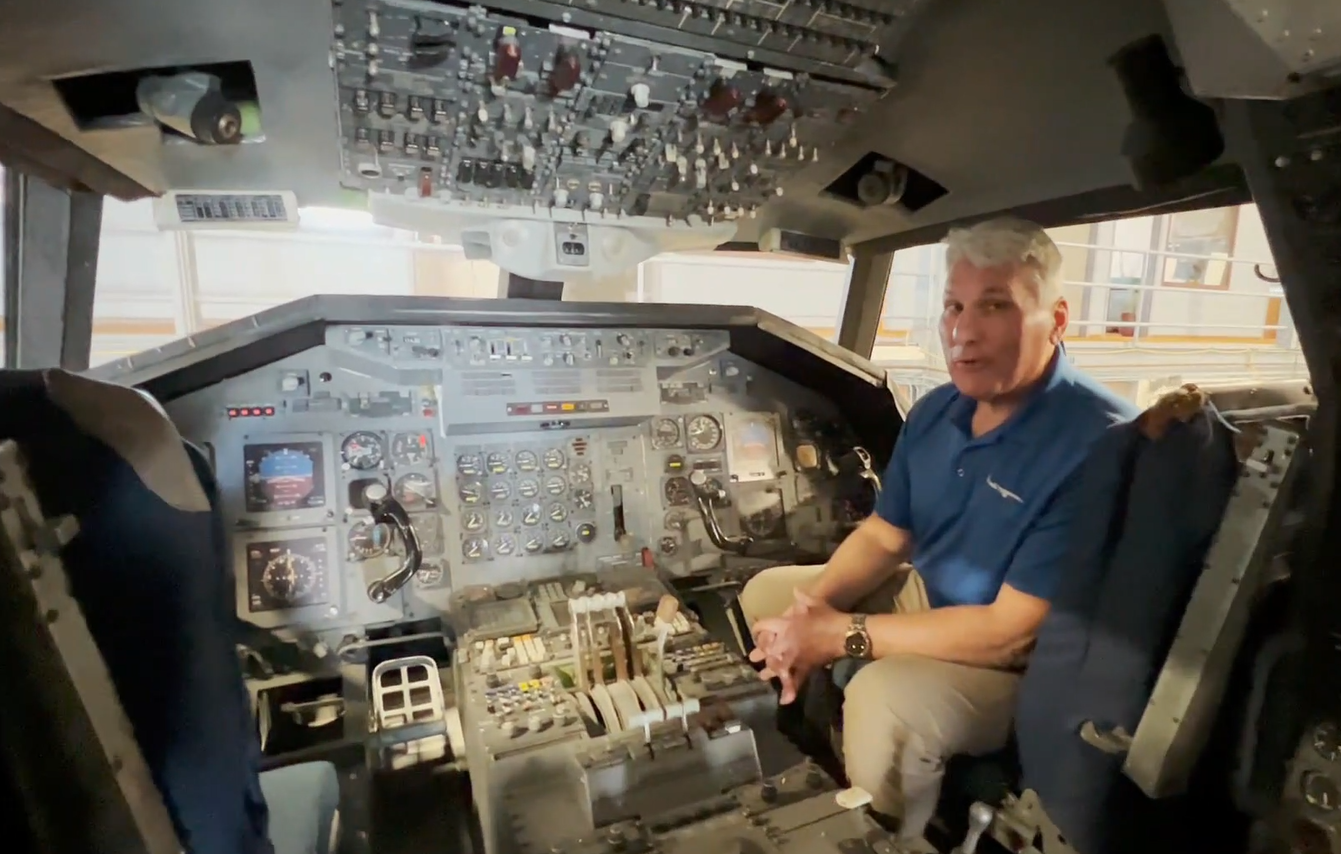Extraordinary Statements
12 December, 2013
3 min read
By joining our newsletter, you agree to our Privacy Policy


The pilot at the controls of Asiana Flight 214 says he was “very concerned” about landing a Boeing 777 visually at San Francisco International Airport, without the aid of a glide-slope indicator (ILS). The ILS helps pilots monitor descent to the runway. The revelation comes in a 139-page Operations Group Factual Report released by the U.S. National Transportation Safety Board in conjunction with a hearing in Washington, DC.
While the ILS was not operative guide lights called PAPIs (precision approach path indicators ) were working. These give a visual que with four reds too low and four whites too high.
Thirty five of Trainee Captain Lee Kang Kuk’s 9,700 flight hours had been spent flying the 777. The aircraft he was piloting late morning July 6, 2013 struck a seawall just short of Runway 28L at San Francisco International Airport. Three of the 291 passengers died, while 199 were taken to hospital. All told 11 crewmembers were hurt.
While the official cause of the accident won’t be known until NTSB publishes its report, investigators are honing in on human factors. overreliance on technology, culture and communication as pivotal in this accident.
So might be the operation, and crew understanding of, the 777's auto-throttle feature.
Incredibly;
- Lee knew the glide-slope indicator was inoperative. But because other pilots were doing visual approaches, the report says “he could not say he could not do” one.
- Lee told investigators he was blinded for a brief moment while on approach. Why no sunglasses? It would have been impolite to don them when flying with his PM, the pilot monitoring his actions.
- Lee didn’t break off the approach and initiate a “go-around” maneuver on his own because "normally only in our Korean culture the one step higher level the final decision people he did he decide the going around thing. It’s very important thing. As a first officer (co-pilot) or the low level people they dare to think about the going around thing. It’s very hard…The instructor pilot got the authority. Even [if] I am [in] the left [command] seat, this is very hard to explain, that is our culture.”
Information from Flight 214’s cockpit voice recorder shows that 16.7 second before the 777’s tail slams into the tarmac an unidentified voice in the cockpit says, “It’s [the aircraft] low.” Only 3.9 seconds before impact the cockpit is filled with the rattling sound of a “stick-shaker,” signaling the onset of an aerodynamic stall.
Precisely 2.5 seconds before ground and aircraft meet Captain Lee Jungmin, the man monitoring Captain Lee Kang Kuk airmanship, says, “Oh # go around.” It is too late.
Life-saving CRM, or Cockpit Resource Management training, stresses communication, collaboration and individual initiative. Captain Lee Kang Kuk told investigators he had taken CRM training “frequently.”
In a post-crash interview, they asked Captain Lee Kang Kuk if his airline encouraged junior pilots to “speak up if they felt uncomfortable about something.” He responded “yes.”
The statements made by the pilots demolish the widely held belief that cockpit cultural problems and the loss of face that plagued many Asian based airlines in the 1980s and 1990s had been swept aside.
The investigation is continuing.
In response to the revalations AirlineRatings has removed its safety rating of Asiana pending a more detailed investigation of the airline's procedures.
The NTSB has released the video below of the crash.
Next Article
Qantas triples profit but misses mark

Get the latest news and updates straight to your inbox
No spam, no hassle, no fuss, just airline news direct to you.
By joining our newsletter, you agree to our Privacy Policy
Find us on social media
Comments
No comments yet, be the first to write one.

